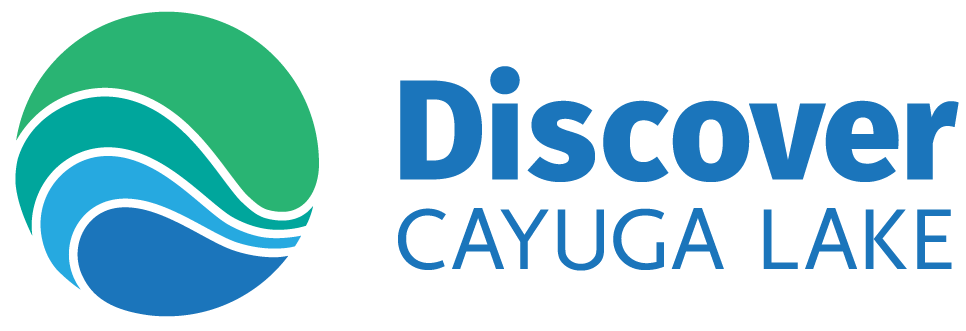Experiential learning
Plankton Sampling
This activity is often conducted in combination with the Secchi Disk (clarity) test. The clarity of the water provides excellent insights into the concentration of plankton present, and habitat factors.
Our instructor will provide a plankton net (usually a 72 micron, 12 inch standard design) and transfer bottles for collected samples. After a very brief discussion of what plankton are, each team will be asked to consider the factors that impact plankton populations and, consequently, how plankton populations might vary with depth.
Each team will then select a target depth for collecting a plankton sample and proceed. We try to collect samples from a variety of depths over the course of our lab session.

Experiential Learning
Using a Plankton Net
During your cruise, we will like collect plankton samples and observing the community under the microscope. Along with our own tools, we often use the University of New Hampshire’s Image-Based Key to Zooplankton.
Check out this video of a plankton net demonstration aboard US EPA vessel Peter Wise on Lake Michigan

Experiential Learning
Plankton sampling process
COLLECTION PROCEDURE
- Trawl net preparation: teams will check the net and collection bottle to make sure they are free of debris.
- Teams will check that lines are not tangled, and that they are marked in meter intervals.
- One team member will be responsible for lowering the net into the water, another will be responsible for reeling out/in line. Two sets of hands on the equipment at all times.
- Plankton net will be lowered to the appropriate depth and instructors will provide condition-specific instructions.
- Teams will then recover plankton nets, remove the collector bottle and transfer concentrated net-samples to a separate container for delivery to the plankton microscopy lab.
- Teams will rinse and return collector bottle to plankton net.
OBSERVATION & DISCUSSION
- Holding the sample bottle up for all to observe- we can note color, the presence of visible particles or moving organisms. Swimming patterns may be evident- do they hop (branchiopods, daphnia), jet around abruptly (copepods) or move steadily (rotifers). Algae will not appear to move.
- Phytoplankton (suspended algae) are plants- what do plants need to survive and where do you think the phytoplankton might be located in the lake water column?
- Zooplankton are animals. What do they eat? Where might they be located?
- What eats plankton- where will it be located?
- What factors might affect plankton location: temp., sunlight, nutrients, protection from waves, constant temperature, oxygen…
RECORDING DATA
- Teams will be responsible for completing the appropriate portion of their lab sheets before departing the station

Great Experiences with Discover Cayuga Lake
Our Mission
At Discover Cayuga Lake, our mission is to cultivate informed and equitable relationships between people and the watersheds upon which they depend and we do all this while providing memorable, breathtaking family, friend, and community experiences on the beautiful Cayuga Lake.
We’d Love to hear from you!
Connect
with Us
For Cruises & Charters:
booking@discovercayugalake.org
For Educational Programs:
education@discovercayugalake.org
HOME DOCK:
1000 Allan H. Treman Marina Rd.
Ithaca, NY 14850
OUR OFFICE:
110 N. Tioga St., Suite 303
Center for History & Culture
Ithaca, NY 14850
